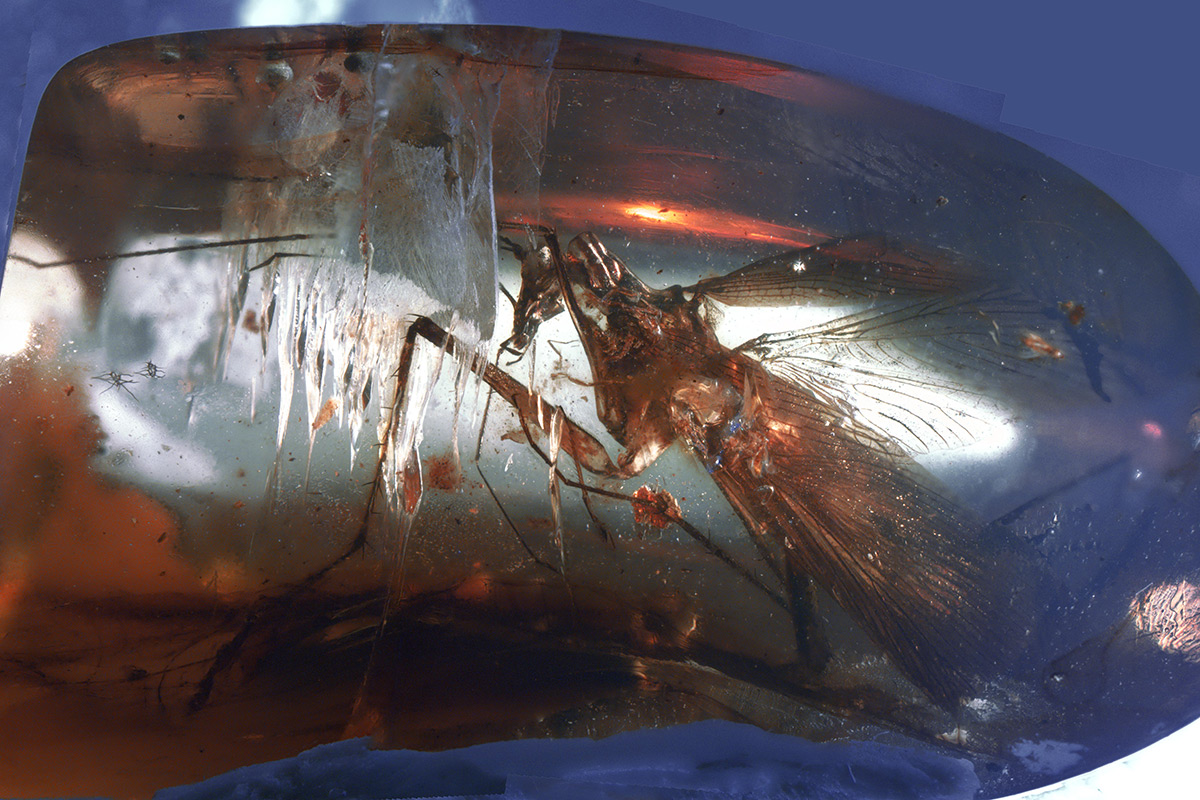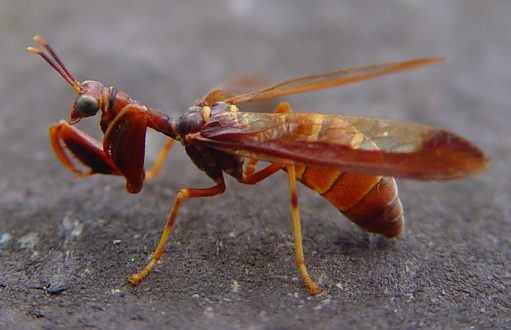It looks like you're using an Ad Blocker.
Please white-list or disable AboveTopSecret.com in your ad-blocking tool.
Thank you.
Some features of ATS will be disabled while you continue to use an ad-blocker.
29
share:
This is pretty cool, ATS. A new extinct species of cockroach aka: Manipulator modificaputis, has been discovered at a mine in Noije Bum, Myanmar.
This new cockroach is very similar to a Preying Mantis due to its long neck and long legs which enabled the insect to hunt; mainly at night.
I thought ATS would get a kick out of this. Check it out.
Source
Peter Vršanský from the Geological Institute in Bratislava, Slovakia, and his team, who examined the insect, say its long neck, which allows the head to rotate freely, and unusually long legs, suggest that it actively pursued prey. The fossilised insect, called Manipulator modificaputis, was discovered at a mine in Noije Bum, Myanmar.
During the early Cretaceous period when it lived, several predatory cockroach-like lineages evolved. Only one group survives today: the praying mantises, which have similar front legs to the fossil, and are closely related to cockroaches.
I thought ATS would get a kick out of this. Check it out.
Source
edit on
30/4/2015 by Gemwolf because: Fixed link
As much as I dislike cockroaches, that is pretty damn cool. It's amazing how well preserved it is.
s&f
s&f
What the...? I've never seen a mantis fly before. Yes, it does look like the fly. Hmmm, interesting!
a reply to: FaceMyBook
Whelp, you should try looking at these thigs move they. Mimic other insects. For instance the one in the pic looks like a wasp it also moves and acts just like a wasp.
Also their is a mantis fly "ant" that moves and acts like an ant .
Tell me that anint creepy!!!
Whelp, you should try looking at these thigs move they. Mimic other insects. For instance the one in the pic looks like a wasp it also moves and acts just like a wasp.
Also their is a mantis fly "ant" that moves and acts like an ant .
Tell me that anint creepy!!!
First, seeing a living thing as it existed 100 million years ago is an extremely cool thing, and a bit mind boggling. Thanks for that.
I'm curious on size - a quick google doesn't turn anything up. Wasn't everything bigger back then?
I'm curious on size - a quick google doesn't turn anything up. Wasn't everything bigger back then?
originally posted by: Kapusta
a reply to: FaceMyBook
Whelp, you should try looking at these thigs move they. Mimic other insects. For instance the one in the pic looks like a wasp it also moves and acts just like a wasp.
Also their is a mantis fly "ant" that moves and acts like an ant .
Tell me that anint creepy!!!
Insect biology is pretty amazing. The way insects behave to hunt and fight is pretty crazy.
originally posted by: redtic
First, seeing a living thing as it existed 100 million years ago is an extremely cool thing, and a bit mind boggling. Thanks for that.
I'm curious on size - a quick google doesn't turn anything up. Wasn't everything bigger back then?
The climate on Earth was warmer and more humid with 20% more oxygen in the atmosphere. With those conditions, insects and other bugs can grow to be much larger. Dragonflies and just about everything else.
en.wikipedia.org...
Per the article, it is some form of mantis, which is apparently closely related to cockroaches. I did not know that!
a reply to: lostbook
Creepy,
It appears that this was found 12 years ago in 2003. From your source...........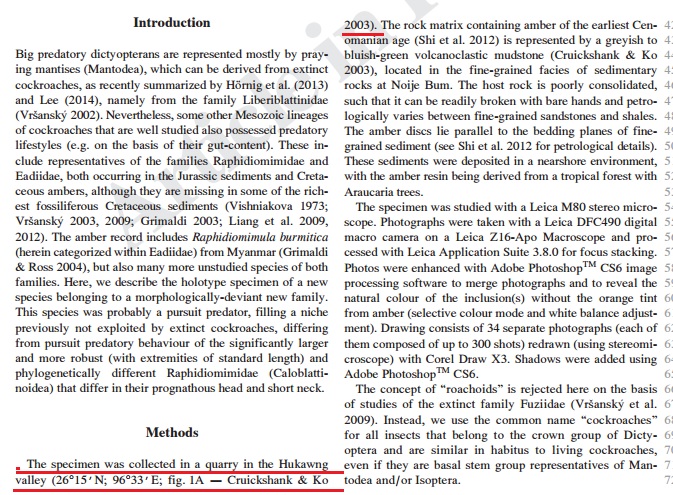
And 10 years before that in 1993, Spielberg in Jurassic Park based the entire movies premise on this.....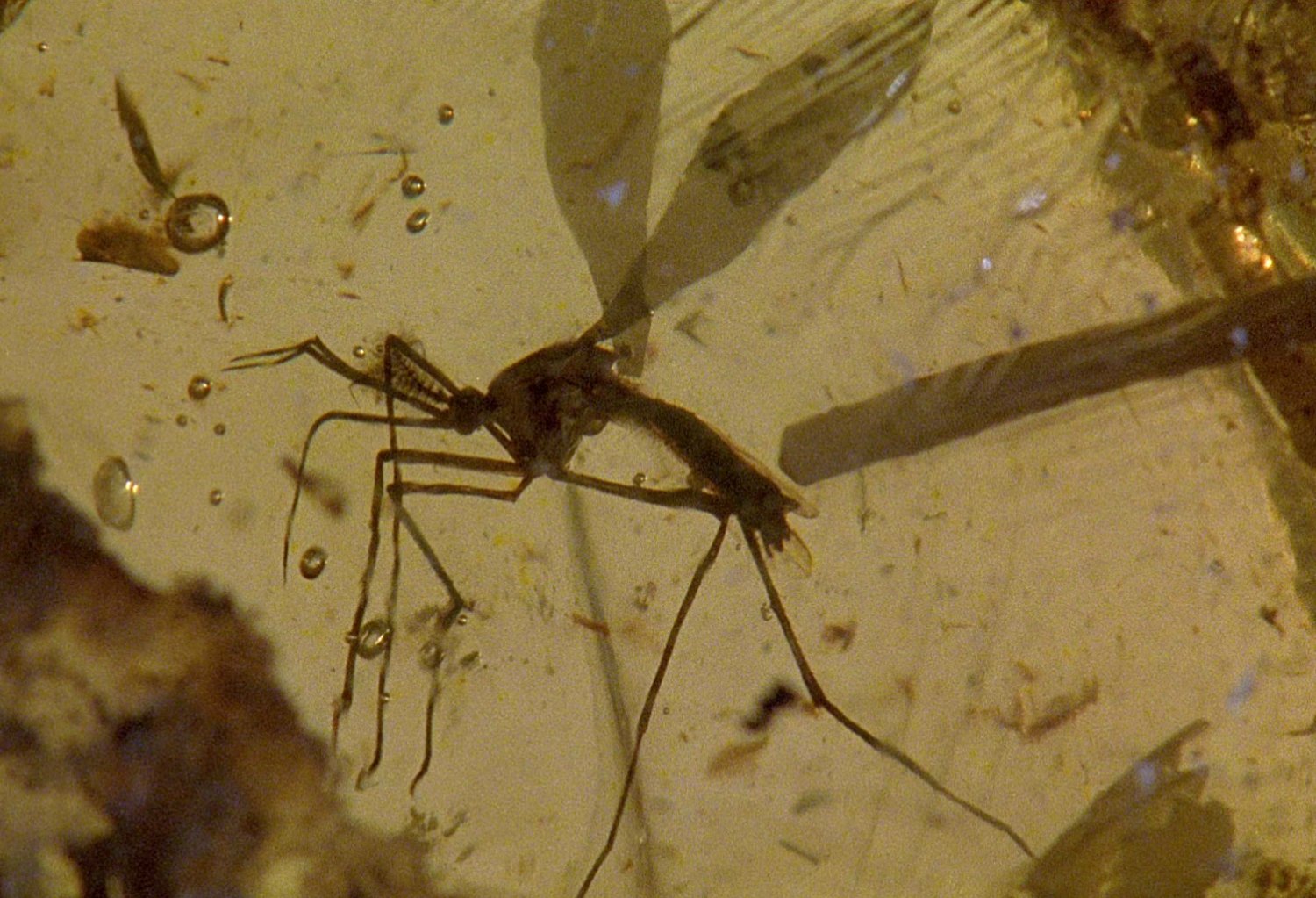
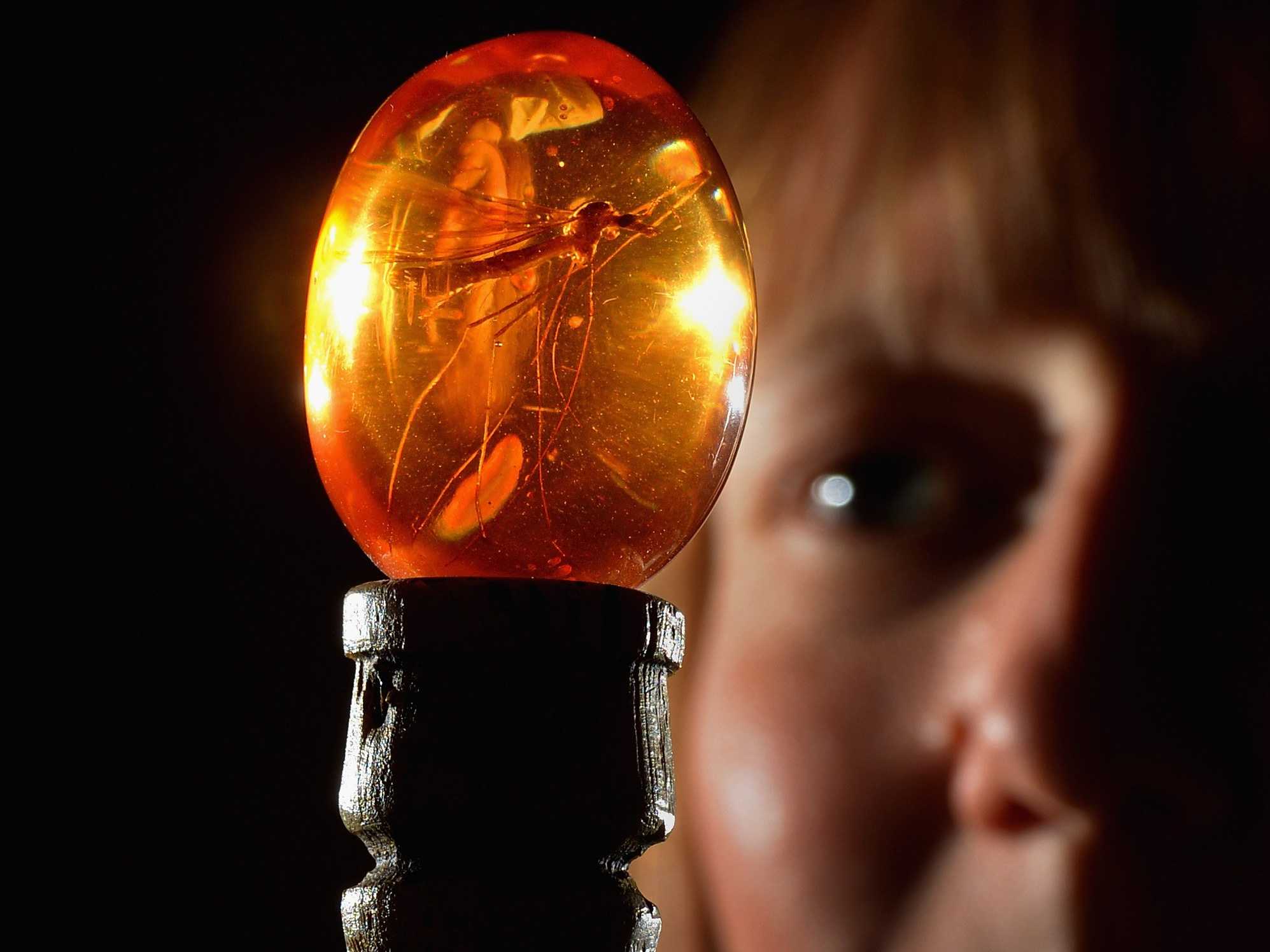 Remarkable coincidence, my mind is racing as to what they may have done with this specimen
in the last 13 years, and what other bat-ship crazy creatures have been found that we arre yet to find out about.
Remarkable coincidence, my mind is racing as to what they may have done with this specimen
in the last 13 years, and what other bat-ship crazy creatures have been found that we arre yet to find out about.
S&F, thanks.
Creepy,
It appears that this was found 12 years ago in 2003. From your source...........

And 10 years before that in 1993, Spielberg in Jurassic Park based the entire movies premise on this.....


S&F, thanks.
edit on 30-4-2015 by Sublimecraft because: (no reason given)
a reply to: Krazysh0t
LOL "things based on horror movies"...........I think I would prefer a Velociraptor or T-Rex than some flying massive Mantis.
Thanks for the thought - too bad one cannot delete images from the minds-eye.
I think I might just stay awake for a few days.........just in case.
LOL "things based on horror movies"...........I think I would prefer a Velociraptor or T-Rex than some flying massive Mantis.
Thanks for the thought - too bad one cannot delete images from the minds-eye.
I think I might just stay awake for a few days.........just in case.
a reply to: Sublimecraft
Haha! Sorry I couldn't help myself. You posted the links and I just had to go there.
Haha! Sorry I couldn't help myself. You posted the links and I just had to go there.
new topics
top topics
-
Federal law trumps state and local law every time
Social Issues and Civil Unrest: 14 hours ago, 17 flags
active topics
-
DOJ Special Counsel Robert HUR Says JOE BIDEN Can Be ARRESTED After Jan 20th 2025.
Above Politics • 27 • : ADVISOR -
-@TH3WH17ERABB17- -Q- ---TIME TO SHOW THE WORLD--- -Part- --44--
Dissecting Disinformation • 3383 • : 777Vader -
How many people, in GENERAL, are musically inclined?
Music • 26 • : Huronyx -
Well, here we go red lines crossed Biden gives the go ahead to use long range missiles
World War Three • 395 • : annonentity -
Federal law trumps state and local law every time
Social Issues and Civil Unrest • 30 • : ADVISOR -
Elon Says It’s ‘Likely’ He Buys Tanking MSNBC
Political Ideology • 81 • : WeMustCare -
I thought Trump was the existential threat?
World War Three • 79 • : visitedbythem -
Joe Biden Dabs Away Tears at Farewell White House Dinner
Politicians & People • 25 • : RazorV66 -
A Mysterious Orb filmed over NYC by local news
Aliens and UFOs • 26 • : DaydreamerX -
Anyone like the Scorpions?
Music • 21 • : belkide
29

